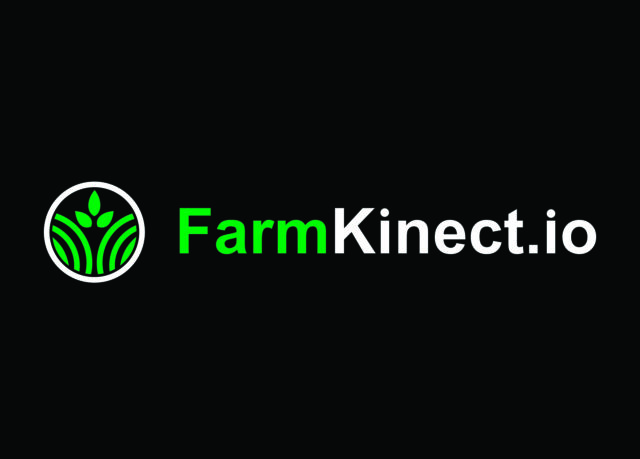On the feeding side, some of these challenges are related to the type of cow traffic system used. Basically, there are two categories of milking robot setups: free-cow traffic, also called free-flow, and guided-cow traffic, which has two options: milk-first and feed-first layouts.
- On free-flow systems, as the name indicates, cows are free to access the robot, feedbunk or stalls at their will, the limitations being imposed by the level of overcrowding and corresponding free time availability of the robot as well as settings defined by the user, namely through the milk access tables.
- On milk-first systems, the barn is set up in a way that the cows have to pass (through) the robot every time they want to access the feedbunk.
When at the robot, they can be either milked or diverted to the feedbunk according to the settings on the robot, mainly her expected yield, hours since last milking, lactation number and stage of lactation.
- On feed-first systems, the barn is set up in a way that the cow has to visit the feedbunk and then, on her way to the stalls or resting area, she has to go through the robot. Here she can be milked or not, depending on the settings as indicated previously.
How cows are fed depends on the cow traffic system. In terms of feeding, both the free-flow and feed-first systems are more interesting because of the challenges they create. In these systems, there has to be a fine balance between what is fed at the feedbunk (partial mixed ration, PMR) and what is fed at the robot.
On a milk-first system, feeding is more straightforward because the cows have to go to the robot anyway on their way to the feedbunk; we can give them most of the nutrients in the feedbunk and give them a little “candy” in the robot to keep them calm while milking.
On free-flow and feed-first systems, producers may be tempted to maximize the amount of on-farm feeds fed in the PMR. However, the challenge is that if the PMR is too high in energy, there is the risk that cows will receive enough nutrients just by eating the PMR.
In this case, they may not be interested in visiting the robot, so we may end up with increased numbers of fetch cows. The robot pellet is the reason cows visit the robot, not udder pressure.
A practical way to evaluate how far we can go in terms of increasing energy at the feedbunk and reducing it in the robot is to check the level of refusals. A refusal occurs when a cow visits the robot but is not milked because she doesn’t have milking permission.
The problem with refusals is: Every time a cow that is not supposed to be milked visits the robot, she makes that robot less available for other cows entitled to be milked, so if a robot is already at full capacity, you don’t want to have refusals because robot efficiency is decreased.
At the same time, refusals are a very good indicator that cows are eager to eat and are comfortable visiting the robot, so we may take advantage of this and increase the energy at the bunk and reduce it a bit in the robot.
This may not always be clear because sometimes a robot may have a high number of refusals, but then, digging a bit deeper, we find out that high number is due to one or two especially hungry cows always around the robot.
High refusals, along with the number of visits to the robot per day, can nevertheless give an indication of how eager the cows are to visit the robot and maybe allow us to increase the energy at the feedbunk.
The feed table is the guideline for the robot to know how much feed to supply each time a cow visits the robot. Normally, there are two feed tables: one for first-lactation cows and one for second-lactation and older cows.
The objective is to allow more concentrate to first-lactation animals to account for growth and a smaller rumen capacity to eat forage.
Feed tables are a great tool to allow cows to produce to their full genetic potential. Well-designed feed tables should allow for a smooth start of lactation and then support high levels of milk production.
As lactation approaches the end, they can also be of great help in reducing the risk of mastitis during the early dry period and around calving. It is known that lower milk yields at dry-off help reduce the risk of infections, so robot settings and feeding need to take advantage of this observation. The feed table, in conjunction with the milk access table, may help in the drying-off process.
Another important table on an automatic milking system is the milk access table. This table will define the number of times cows are allowed to be milked. This is a great tool to improve robot efficiency, especially in robots that are working at capacity. In these situations, we want cows to give the highest amount of milk per robot visit and not necessarily the highest number of visits to the robot.
If a cow can give 60 litres of milk in three visits (20 litres per visit), she’ll help make the system more efficient than if she gave the same 60 litres in five visits (12 litres per visit). The reason for this is: Each time a cow visits the robot, it will take around seven minutes of the robot’s time.
Imagine your farm has five cows that visit the robot five times per day. These cows will use the robot for about 175 minutes each day. If those same cows could give the same milk in, let’s say, 4.2 visits per day, the time the robot is busy with them would drop to 147 minutes, meaning that the robot would gain 28 minutes of extra free time.
These 28 minutes could potentially be used to milk three to four other cows. The only question regarding this approach is: High levels of milk per milking mean milk flow is high, and research has shown that quarters with a very high flow rate have been linked to higher risk of infection and mastitis.
Milk speed (kilograms of milk per minute of milking time) is a significant driver of kilograms of milk per robot per day and robot efficiency. However, high milk speed is also associated with milk leakage and a potential increase in the incidence of mastitis.
This suggests we need to strike a balance between selecting for higher milk speed and the need to keep the prevalence of mastitis low in the herd. It may be better to remove slow-milking cows, particularly if they are also low producers.
This will have the same effect of increasing the average milk speed in the herd. This becomes more important the closer the robot is to capacity.
On the other hand, high milkings per cow per day, while seemingly desirable, reduce the milking interval and kilograms of milk per milking, and may expose the cow to greater risk of teat damage and mastitis.
Teat canals stay open after every milking, exposing these teats and quarters to environmental bacteria. Again, it is important to strike a balance between milkings per cow per day, milking interval and kilograms of milk per milking.
Automatic milking systems are among the latest technological advancements in the dairy industry. These have led to significant changes in milking cows and improvements in the quality of life for producers.
The amount of information and control the robots offer is very impressive. It’s important to understand how some of these control points, like feed tables and milk access tables, work and how we can use them to improve robot efficiency. PD

- Pedro Nogueira
- Shur-Gain
- Dairyland Seed








